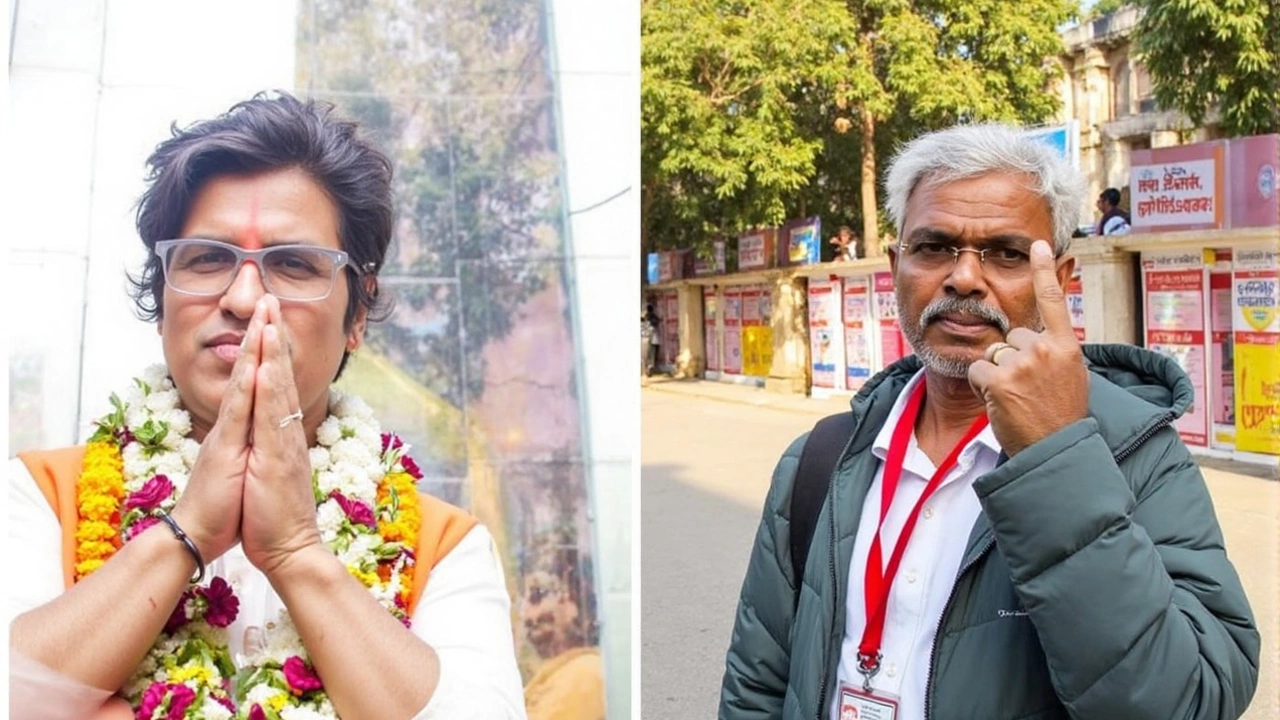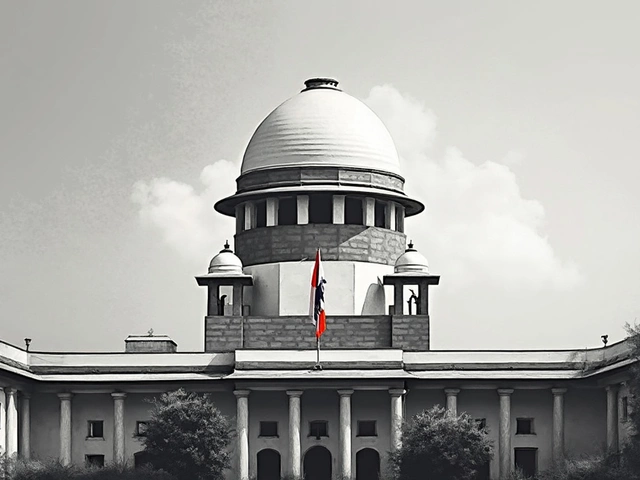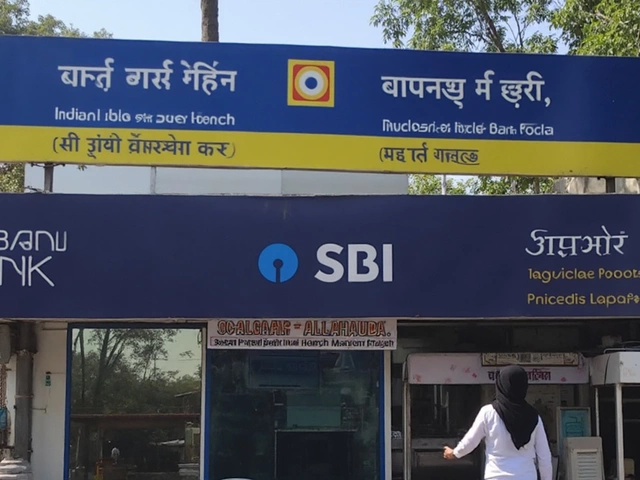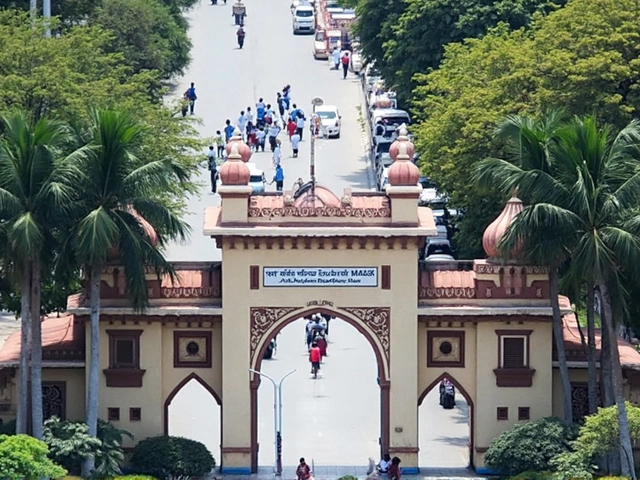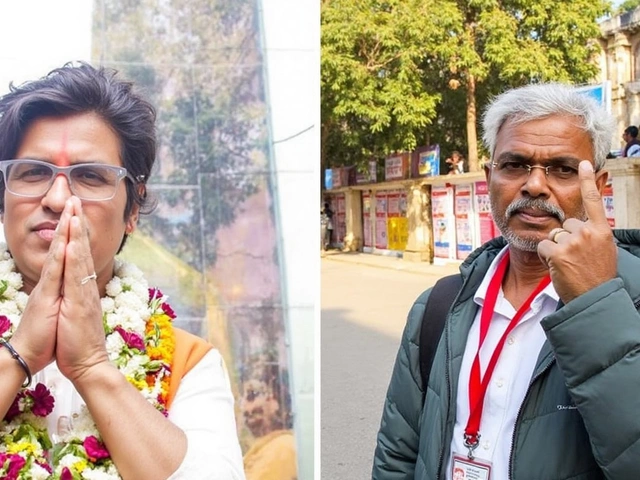The 2025 Delhi Assembly elections delivered a striking upset in the Patparganj constituency as the Bharatiya Janata Party's (BJP) Ravinder Singh Negi clinched a memorable victory against Aam Aadmi Party's (AAP) candidate, Avadh Ojha. Garnering an impressive 54,077 votes, which accounted for nearly 55% of the total, Negi's triumph underscores a significant political shift in a constituency long dominated by AAP.
Negi's win comes with a margin of 21,270 votes over Ojha, who managed 32,807 votes (33.36%). This event marks a major turn in Delhi's political landscape, breaking AAP's hold since 2013. So, what contributed to this intriguing outcome? The victory can be largely attributed to BJP's dynamic campaign centered around appealing to the middle-class sentiments, particularly concerning tax relief. Post the central government's budget announcement in February 2025, the party successfully harnessed widespread concerns about governance issues to bolster their standing among the electorate.
In contrast, AAP found itself at a disadvantage. A significant blow came from the liquor excise policy scandal implicating high-profile leaders, including Arvind Kejriwal and Manish Sisodia. Sisodia's absence from this election was especially felt, as he had narrowly secured this seat in previous battles. Known for his grassroots presence, Sisodia’s absence left a void, making it difficult for Ojha, a UPSC coach, to establish a strong voter connection.
Meanwhile, the Congress continued its downward trajectory, with candidate Anil Kumar finishing a distant third by securing only 10,033 votes, a mere 10.2% of the total count. This result points to the party's eroding influence in a region where it once wielded considerable power before the emergence of AAP.
Voter turnout in Patparganj was approximately 60%, signifying increased political engagement and possibly reflecting the high stakes involved in this election cycle. As pundits analyze these results, the broader implications indicate a 'saffron surge' not just in Patparganj but potentially throughout Delhi, as suggested by various pre-poll surveys.
Overall, BJPs strategic focus on pressing governance themes and practical concerns faced by the urban middle class, coupled with AAP's internal turmoil, seems to have crafted this decisive outcome in Patparganj. This election may very well outline new political alignments in the capital's landscape.
